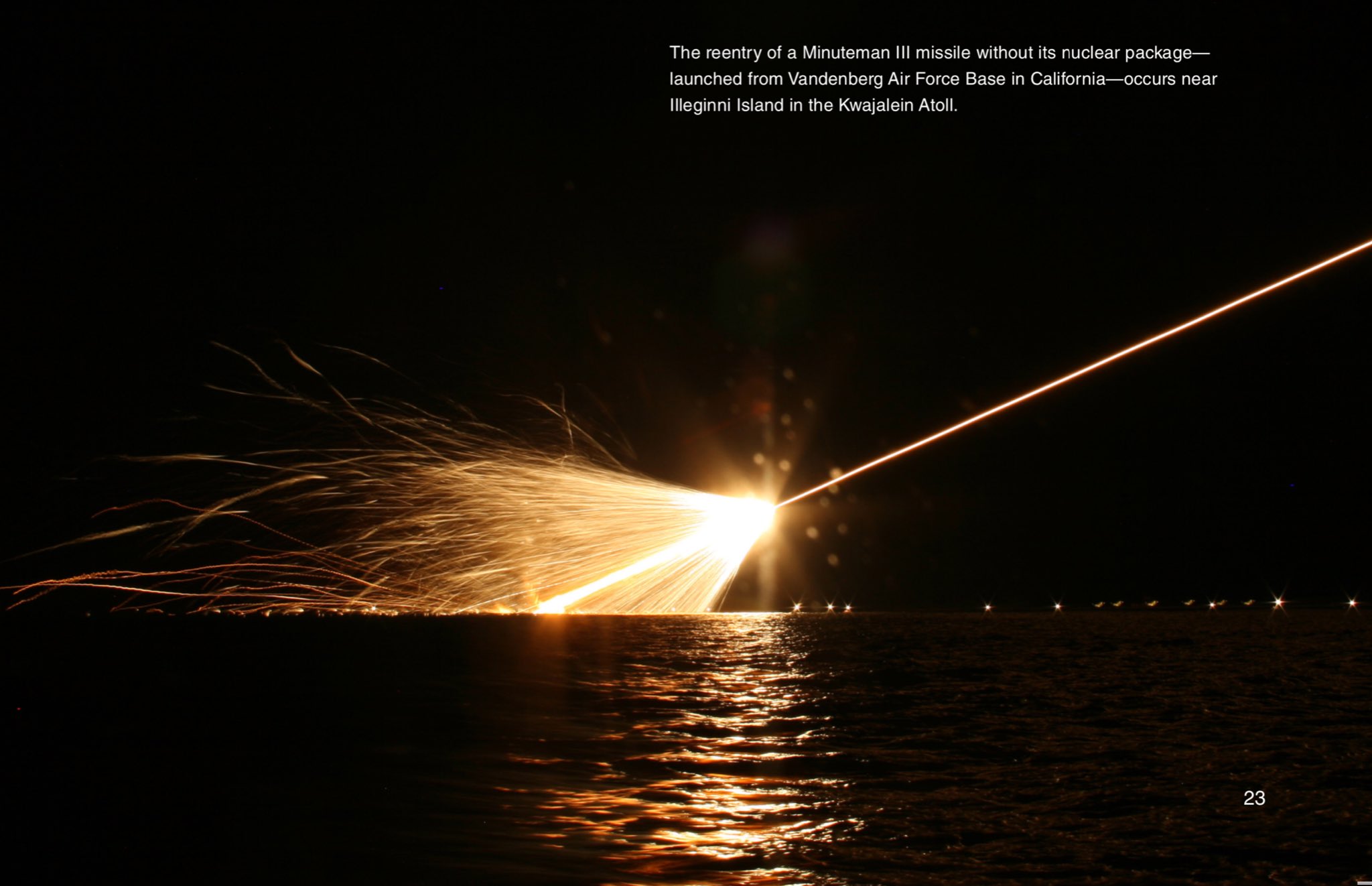- Joined
- 21 May 2006
- Messages
- 3,002
- Reaction score
- 2,278
G’day gents
Excuse my ignorance, but I can’t help being concerned about what can only be classed as the United States neglect of its land-based ICBM force.
Don’t get me wrong, I’m not an American patriot or a right-wing freak or anything. In fact I’m one of those people who’d be happy to see such weapons eliminated full stop. But the fact is whilst the U.S. has been running around the world as the ‘supposed’ only unchallengeable super power, and fighting its ideological ‘War on Terror’, the rest of the world seems to have proliferated in the way of MRBM and ICBM development and operational deployment.
I’m both amazed and shocked that the U.S. is seriously contemplating…studying and deliberating into extending the lives of their LGM-30G Minuteman III ICBM into the region of 2030 (I read somewhere ??). Now that’s a long time, when one considers that the Minuteman III program started in 1966! Much has changed in the way of strategic missiles, as well as their vulnerability to modern state-of-the-art Russian ICBM’s.
Could someone please explain why the United States/Pentagon/USAF could simply not reintroduce/ revamped ICBM programs like the LGM-118A Peacekeeper and MGM-134A Midgetman (Small Intercontinental Ballistic Missile (SICBM)) ICBM’s. After all in the case of the LGM-118A Peacekeeper, it had been operationally deployed in relative small numbers, alas for all but a few years, before it was crazily withdrawn from service (America has a habit of this). Whilst the MGM-134A Midgetman had much of its R&D paid and completed, with a prototype being readied in 1991 (I think ??)
Surly both missiles could have modern state-of-the-art technologies incorporated to bring them up to speed and proficiency far quicker than developing an all new missile(s) design! Even a reduction in the amount of MIRV’s carried (say six instead of the original ten) by the LGM-118A Peacekeeper to make it lighter and cheaper
Naturally, I would think that these would/should be either road or railway mobile for their own survivability and detente value.
Is my analogy daft and ignorant?
I’d greatly appreciate your input!
Regards
Pioneer
Excuse my ignorance, but I can’t help being concerned about what can only be classed as the United States neglect of its land-based ICBM force.
Don’t get me wrong, I’m not an American patriot or a right-wing freak or anything. In fact I’m one of those people who’d be happy to see such weapons eliminated full stop. But the fact is whilst the U.S. has been running around the world as the ‘supposed’ only unchallengeable super power, and fighting its ideological ‘War on Terror’, the rest of the world seems to have proliferated in the way of MRBM and ICBM development and operational deployment.
I’m both amazed and shocked that the U.S. is seriously contemplating…studying and deliberating into extending the lives of their LGM-30G Minuteman III ICBM into the region of 2030 (I read somewhere ??). Now that’s a long time, when one considers that the Minuteman III program started in 1966! Much has changed in the way of strategic missiles, as well as their vulnerability to modern state-of-the-art Russian ICBM’s.
Could someone please explain why the United States/Pentagon/USAF could simply not reintroduce/ revamped ICBM programs like the LGM-118A Peacekeeper and MGM-134A Midgetman (Small Intercontinental Ballistic Missile (SICBM)) ICBM’s. After all in the case of the LGM-118A Peacekeeper, it had been operationally deployed in relative small numbers, alas for all but a few years, before it was crazily withdrawn from service (America has a habit of this). Whilst the MGM-134A Midgetman had much of its R&D paid and completed, with a prototype being readied in 1991 (I think ??)
Surly both missiles could have modern state-of-the-art technologies incorporated to bring them up to speed and proficiency far quicker than developing an all new missile(s) design! Even a reduction in the amount of MIRV’s carried (say six instead of the original ten) by the LGM-118A Peacekeeper to make it lighter and cheaper
Naturally, I would think that these would/should be either road or railway mobile for their own survivability and detente value.
Is my analogy daft and ignorant?
I’d greatly appreciate your input!
Regards
Pioneer


